Optimal Timing for Septic Installations
Septic installations require careful planning to ensure proper functioning and longevity. The timing depends on environmental conditions, soil type, and project readiness. Proper timing can prevent issues such as poor absorption or system failure.
Spring and early fall are ideal due to moderate weather and soil conditions that facilitate excavation and installation.
Avoid installations during heavy rain or freezing temperatures to prevent soil instability and equipment issues.
Soil should be dry and stable for effective installation; overly wet or frozen ground can cause delays.
Ensure permits are secured beforehand and schedule installation when all approvals are in place.
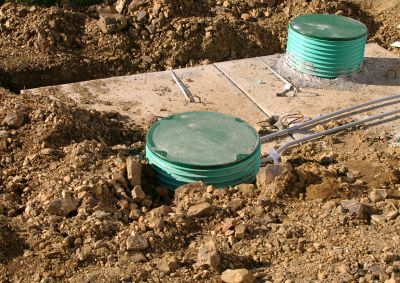
Spring offers moderate temperatures and soil conditions suitable for installation.
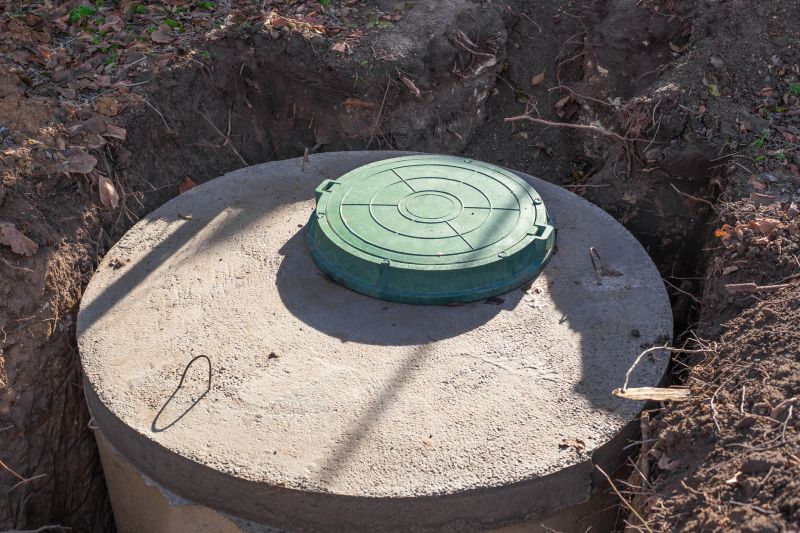
Summer can be suitable if weather is dry, but high temperatures may affect soil stability.
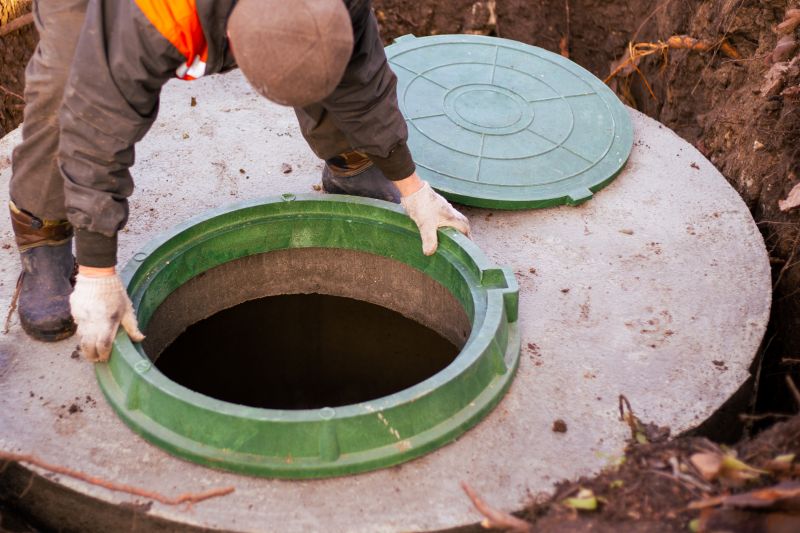
Early fall provides favorable conditions with cooler temperatures and manageable soil moisture.
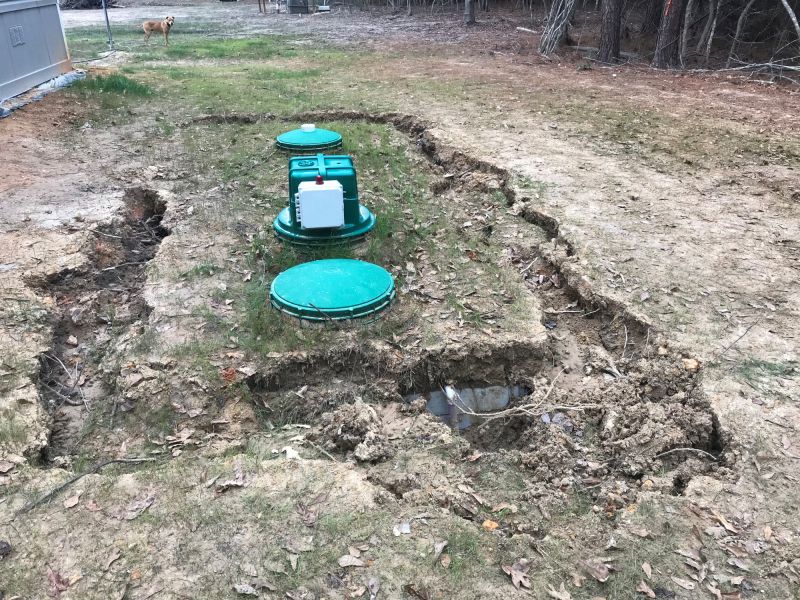
Ways to make Septic Installations work in tight or awkward layouts.
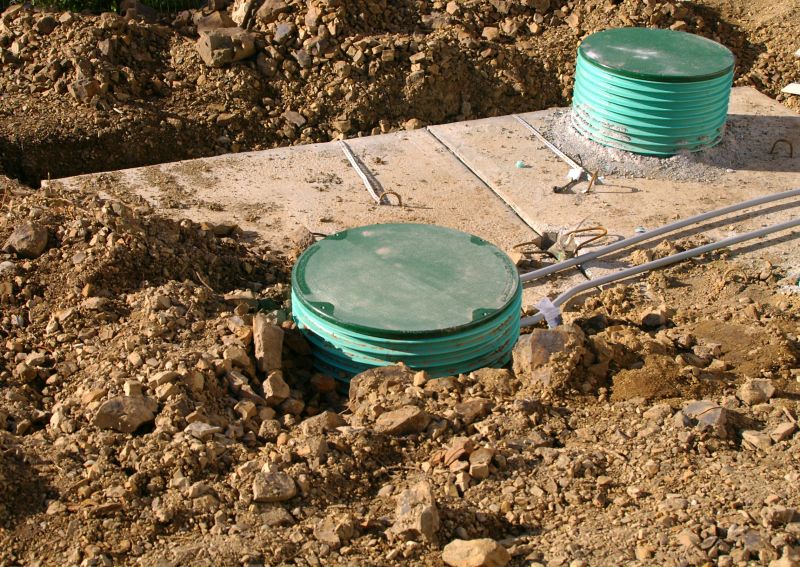
Popular materials for Septic Installations and why they hold up over time.
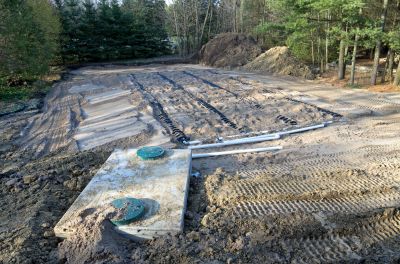
Simple add-ons that improve Septic Installations without blowing the budget.
| Season | Advantages |
|---|---|
| Spring | Moderate weather, optimal soil conditions, longer daylight hours |
| Summer | Longer work days, dry soil if weather permits |
| Fall | Cooler temperatures, stable soil, less rain |
| Winter | Typically not recommended due to frozen ground and weather challenges |
Septic installations involve the placement of underground systems that treat and dispose of household wastewater. Proper installation is crucial for system performance and longevity. Soil type, weather conditions, and project readiness influence the best timing for installation. Soil testing and environmental assessments are often necessary to determine suitability. Installing during optimal seasons minimizes risks such as poor soil absorption, system failure, or delays caused by adverse weather. The right timing ensures that the septic system functions efficiently and reduces the likelihood of costly repairs or replacements.
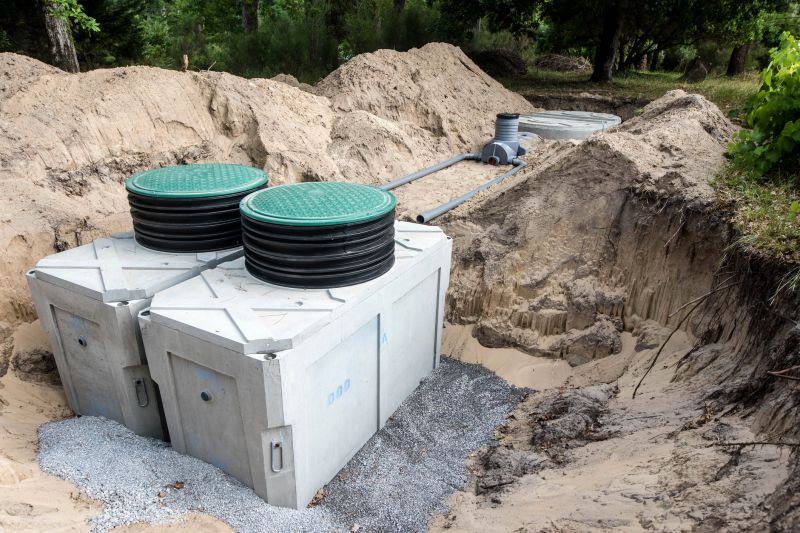
Excavation is a key step in septic installation, requiring stable ground conditions.

Proper placement ensures optimal function and accessibility for maintenance.
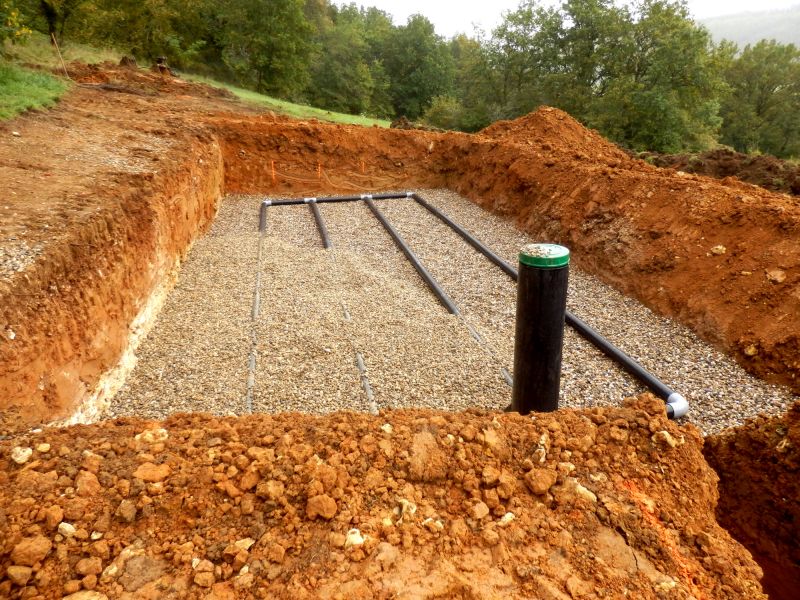
Drain field installation depends on soil conditions and seasonal timing.
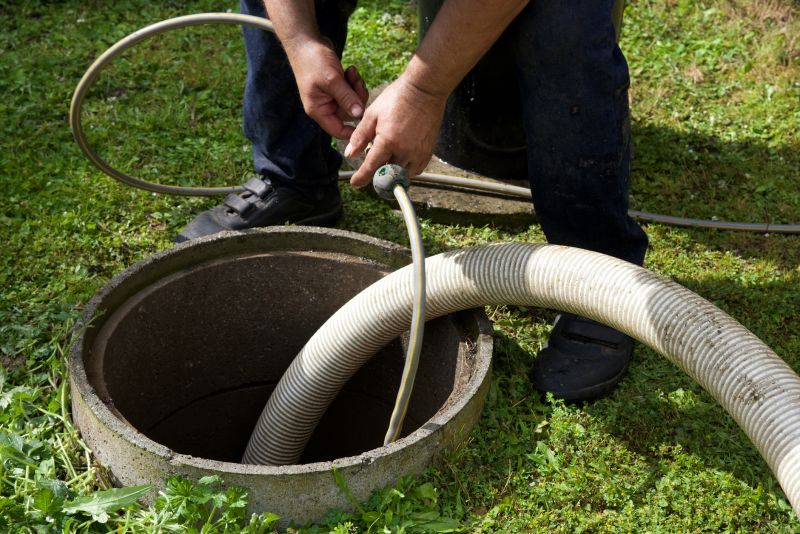
Inspection verifies system integrity before backfilling and use.
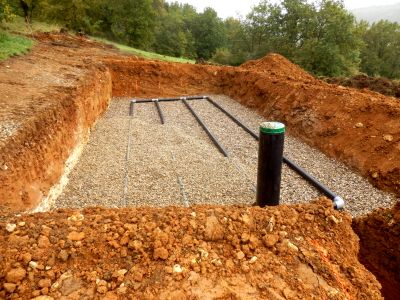
High-end options that actually feel worth it for Septic Installations.
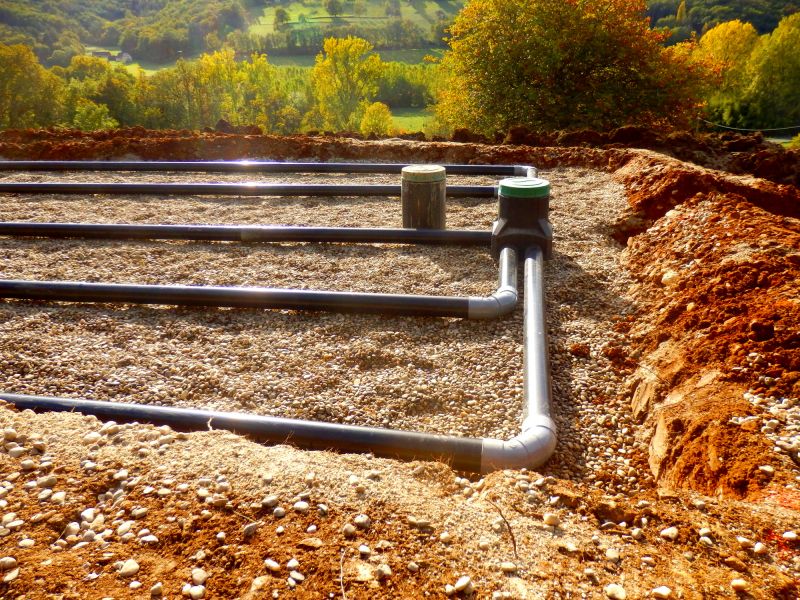
Finishes and colors that play nicely with Septic Installations.
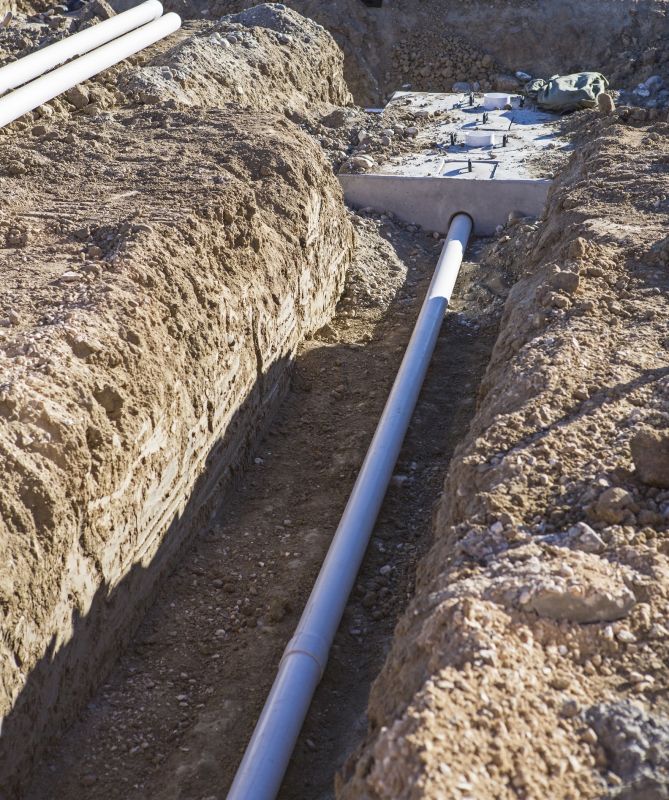
Little measurements that prevent headaches on Septic Installations day.
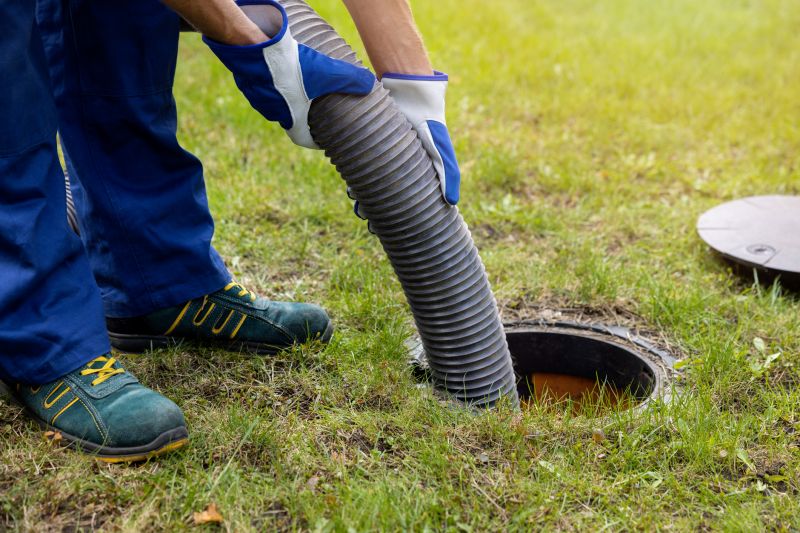
A 60-second routine that keeps Septic Installations looking new.
Interested in septic installations? Filling out the contact form can provide more information and help schedule the optimal timing for a project. Proper timing ensures system efficiency and durability, making it a critical aspect of successful septic system setup.
